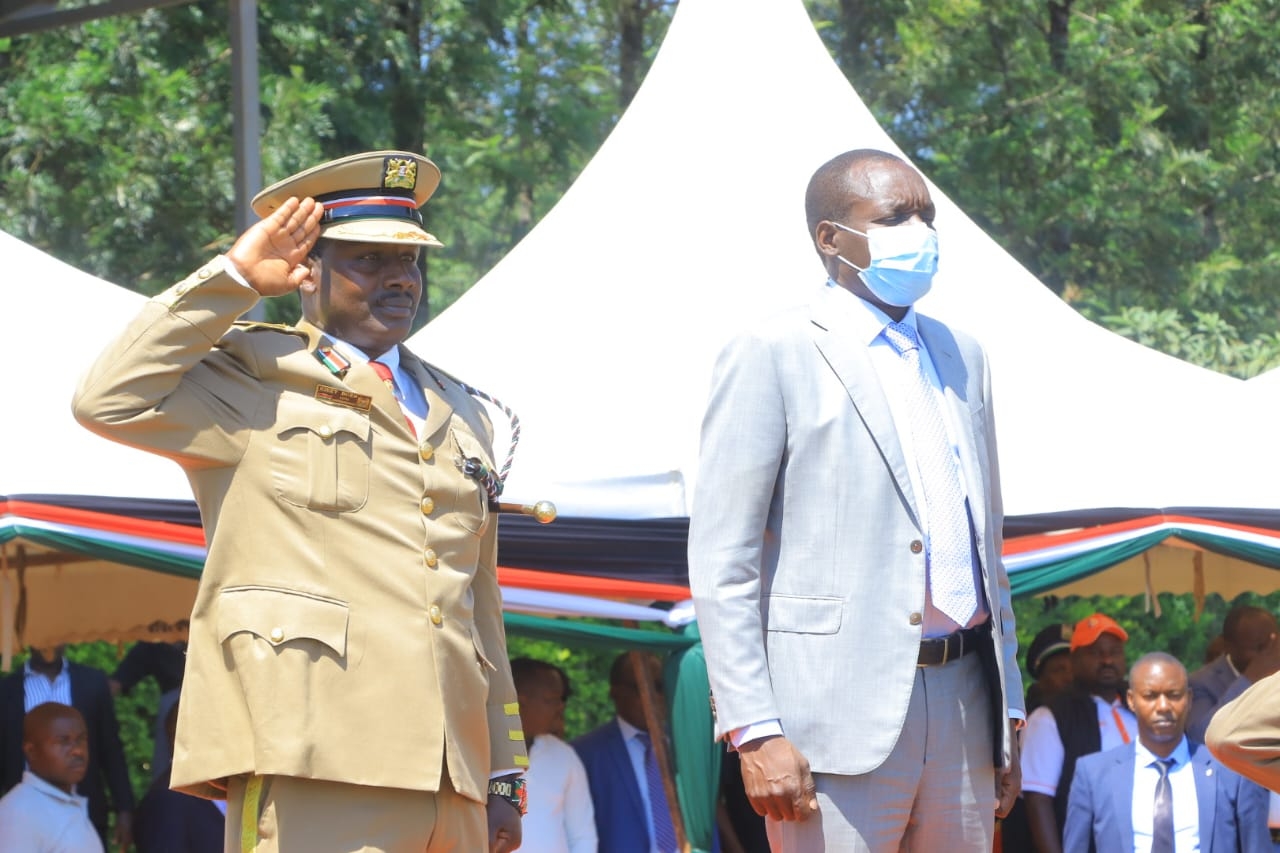After a few weeks of asking around about the recently constructed ‘obelisk' at the Railways roundabout that I found to be ugly, I finally decided to read about monuments.
According to Wikipedia, a monument is a structure built for commemorative or symbolic reasons, serving as a memorial. This could range from buildings and entire sites to obelisks and statues, and are typically owned by the community.
A question that I ask myself is why has Nairobi not had a worthwhile monument in a long time?
Monuments tend to be political statements and the elite seem to be the driving force behind them. This can even be seen in the choice of structures.
From the colonial period when statues of King George V were put up to the putting up of Dedan Kimathi’s statue in 2011, one can see the messages passed along by the elite. Thus, monuments are used to serve the goal of legitimising or reinforcing existing power structures
It could either be because they seem to have similar ideologies (elites after independence were said to have inherited the colonialist traits) or are popular with the people (Moi's style of monuments impressed even Pan-Africans). If an elite class holds different ideologies, they do away entirely with the predecessor's choices.
Julius Evola, from Italy, avers that monuments are not just physical structures, but ‘living symbols’ that happened to speak to the soul and embody the spirit of a people and it is with this goal that most are built.
Most Kenyans are still ‘fighting’ the same problems as those people depicted in most of the statues we have around fought. This could probably explain why there has been no attempt at building new ones as there has been no change in the psyche of the people to inspire the demand for new monuments.
In a way, how people treat a monument could show whether a society's values have shifted with time or remained static.
Monuments are mostly built for commemorative purposes and used to honour or remember events, people etc. As a country, the last special event was in the year 2010 with the promulgation of a new constitution and before that was the 1992 multi-partyism feat and before that we had Independence and becoming a republic.
It is my opinion that more commemorative structures will be built as more of those in power die or get older, for fear that later generations would not recognise their achievements and also partly because such things tend to bear much more weight if done in an attempt to preserve legacy.
People seem to also get some illuminated perspective when a party is no longer strong or around anymore. For instance, I foresee a period where there will be a push for a commemorative structure for the 2007-08 post-election violence as the people involved get older.
According to Ernst Jūnger, monuments served a role far superior than memorial stones and actually do pose a challenge for the future as they showcase how much good or evil humans could do. They also spur people to strive for a better future, with them as a reference point.
Monuments, like a double-edged sword, are also seen as a poignant symbol if the citizens have not moved in the direction of a better future as initially set out or envisioned by their predecessors.





![[PHOTOS] Uhuru visits Raila's grave in Bondo](/_next/image?url=https%3A%2F%2Fcdn.radioafrica.digital%2Fimage%2F2025%2F10%2F0a7bb837-9eaa-4053-be84-0ba48cc9964b.jpg&w=3840&q=100)






